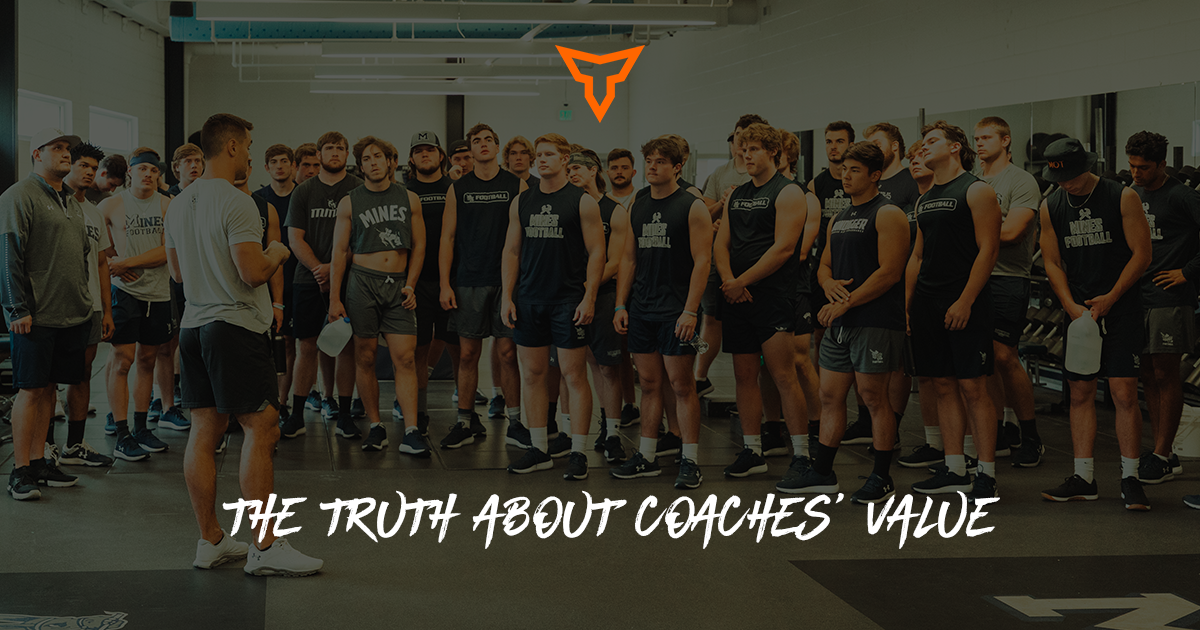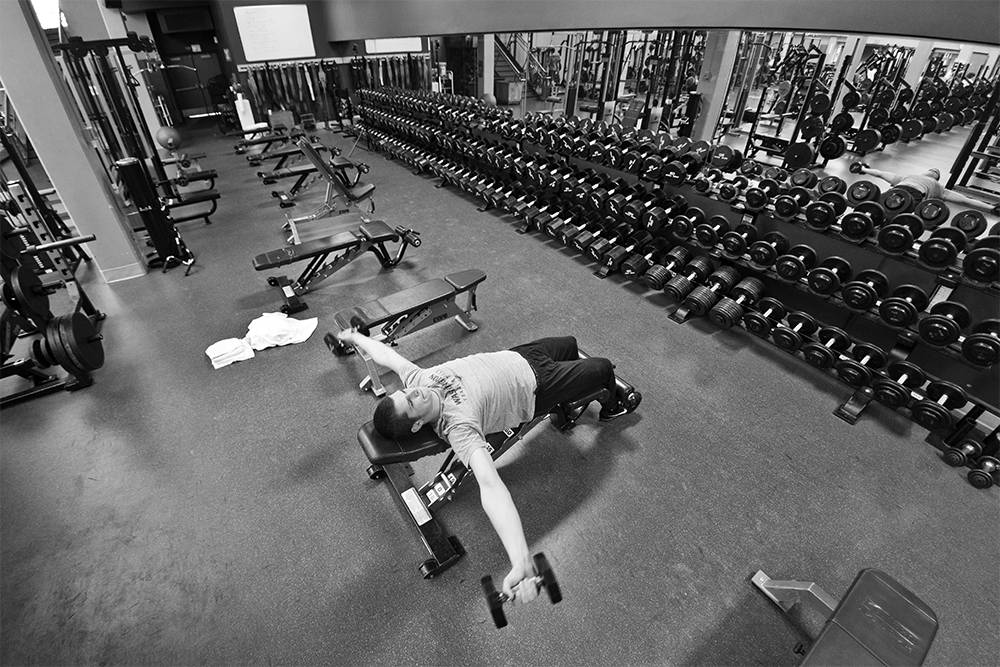A Strength Coach's Lie: Tracking Yourself to Death
“You can’t improve what you don’t measure.”
It’s a classic quote – and let me premise the article by saying that there is a lot of truth in that statement. However, it is not absolute truth.
Strength coaches hear about the principle of tracking and measuring a lot. Blogs and podcasts mention how coaches should be tracking staff performance through managerial assessments. Many directors of strength programs spend time developing and recording on internal Key Performance Indicators (KPI’s). Annoyingly, technology vendors in S&C never seem to stop preaching about “tracking your data” and “measuring your team’s progress.” If you’re a strength coach, you get it.
Again, like the quote above, there is truth to all this. Coaches should spend a considerable amount of time recording certain metrics to improve upon. But there is an acceptable practice to doing certain things even if you cannot measure them.
I recently visited a Head Strength Coach at an SEC school – a client of ours. We talked shop for hours, but I distinctly remember him saying: “I don’t have to gather every single data point on every single athlete to know something is working. If tracking every single thing was the standard for whether or not I implemented something, we would be missing out on a lot of things that would make us better.”
For example, this program is implementing a wearable device for all athletes (you can email me and I will tell you which device). But here’s the kicker – they’re not getting the wearables to hoard data on their athletes. The strength program just wants athletes to wear them to pay attention to and improve their health outside the weight room. From running the wearables on a small group prior, this strength coach could tell it improved athlete behavior outside the weight room by giving athletes feedback on how poor recovery behavior affected their health. As a result, athletes became more conscious of sleep, nutrition and stress management – all without strictly measuring every data point.
It’s a simple stimulus and response.
Sports coaches do this all the time; many sports coaches claim they rely on their intuition more than anything. Now, the sports world is becoming more data-driven, but I have yet to see Bill Belichik or Nick Saban mention their sports science reporting module as a key to winning football games (and in fairness, Jimbo Fisher just a did video segment on Sports Science benefits their program). Regardless, we should all agree that data-driven practices such as sports science can play a role in a successful program, but coaches will always partly rely on the intuition of the “eyeball test” to assess their athlete(s). Strength coaches should be no different.
Remember the “sports science paradox?”
In this story, the sports scientist monitors athletes in a game and notices that a player is overworked according to his GPS monitoring dashboard. He then notifies the coaches that Player A must come out of the game immediately and should have done so three plays ago. The head coach then turns to the sports scientist and says: “Player A converted two 3rd downs and just scored the go-ahead touchdown this drive to win us the game.”
Now, that’s an extreme example. But the moral of the paradox is that we hire human coaches to manage human players for a reason. Soft skills in coaching are just as important as the hard skills. Seeing and feeling a team improve in attitude, work ethic, and morale is largely based on a coach’s human evaluation – not a dashboard.
The Case for 'Return on Investment'
Part of determining whether a new intervention is “worth it” depends on the cost. For the SEC strength coach mentioned earlier, the intervention of having athletes use wearables will probably provide a positive Return-on-Investment. Now, he may not be able to tell you whether the ROI is exactly 3x or 8x, but it doesn’t matter – the ROI exceeds the cost which renders it a worthwhile practice.
Cost is time and money. For most strength coaches, looking for great ROI should be second nature just like programming workouts and creating DIY equipment. Strength coaches have no choice but to look for the most “bang for their buck.” In my opinion, cheap technologies and interventions that produce massive ROI should be celebrated more in S&C.
Imagine being tasked with calculating the ROI on every decision you make? Although appropriate in many instances, it would be unreasonable in many others. Few coaches have the time to manually enter data into spreadsheets just to prove what they already know from seeing their athletes.
Athletes Are Not Machines
You may not have to be reminded of this, but it’s a good fundamental to cover in strength training. We know that we can improve human performance by improving mentality. A coach will know when a team “feels good” and that’s not exactly a quantifiable method. Strength coaches can contribute to the athlete mentality by creating confidence (see Vanderbush on prescribing DB curls with high school males), producing perpetual excitement (see Scott Cochran) or good old-fashioned motivation (this is a cornerstone of any good coach or boss). That’s not done using a spreadsheet or a dashboard, that’s just done by being a good coach.

Subscribe to our blog
Subscribe to receive the latest blog posts to your inbox every week.
Related posts

Podcast with Nationals Strength Coach John Philbin

The Truth About Coaches' Value

